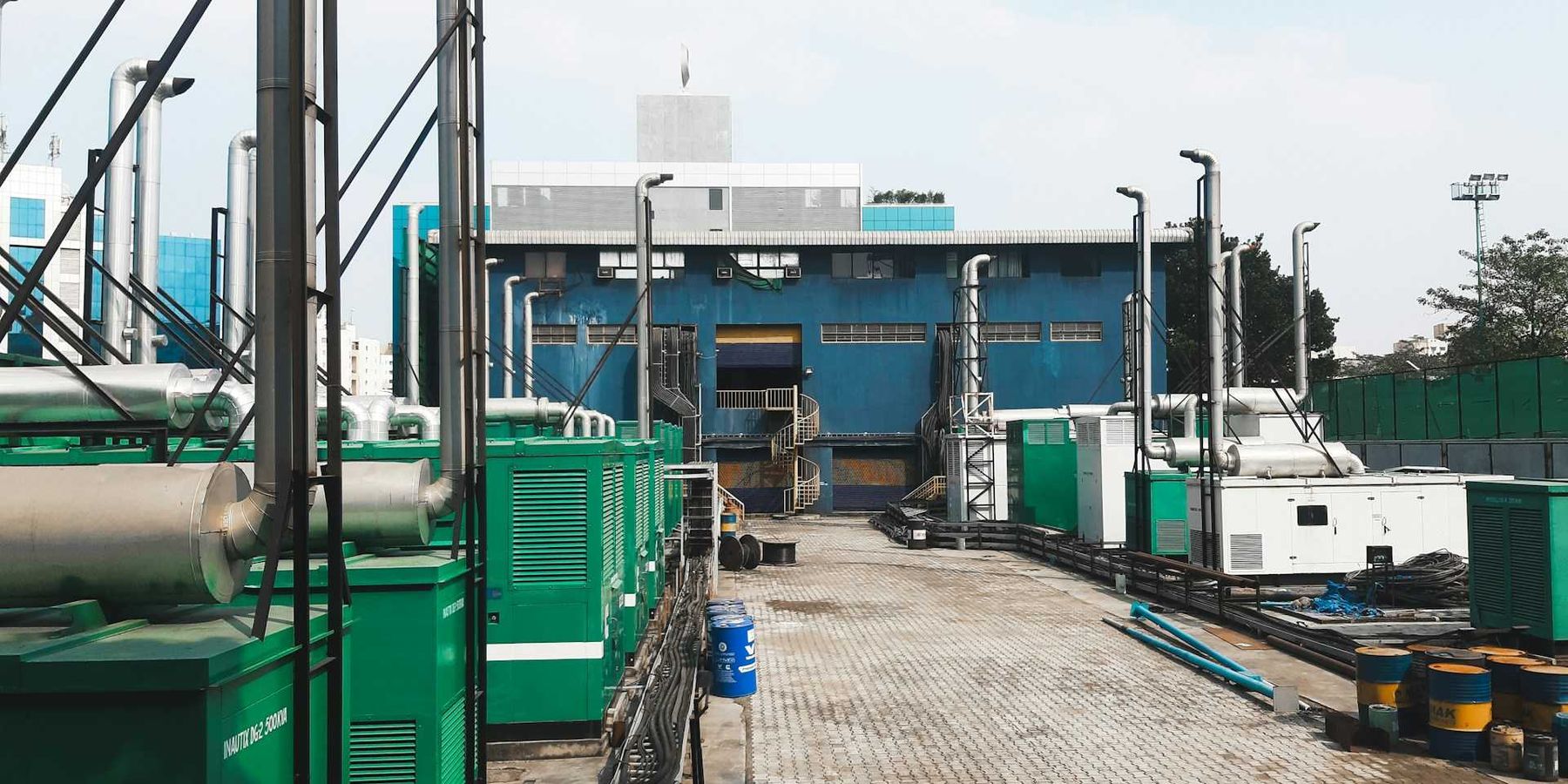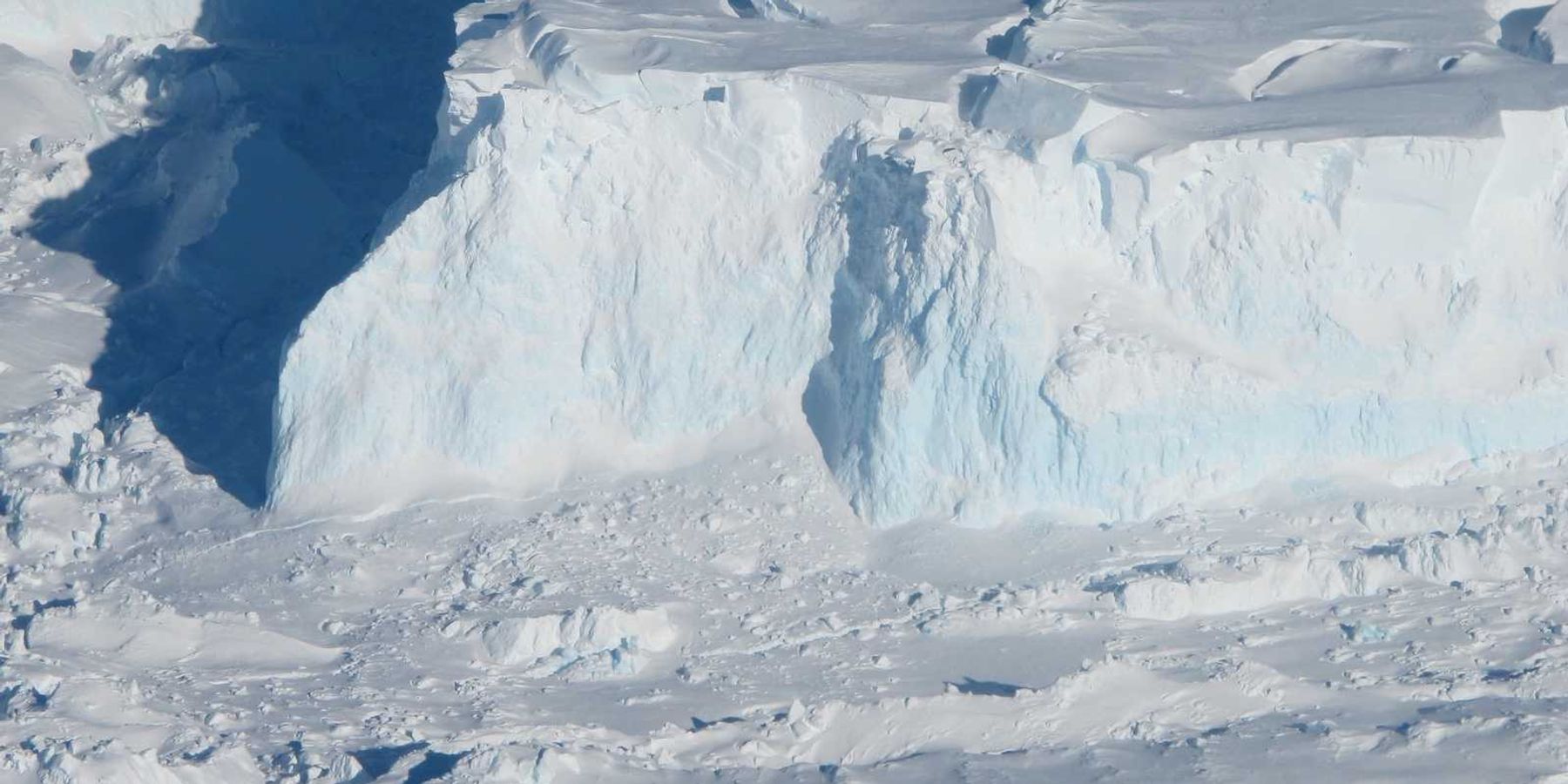
India’s dam release triggers mass evacuations in flood-hit eastern Pakistan
Tens of thousands of Pakistanis have been forced to flee their homes after India released water from overfilled dams into border rivers already swollen by heavy monsoon rains.
Babar Dogar and Munir Ahmed report for The Associated Press.
In short:
- India warned Pakistan of potential flooding as it released water from dams, prompting Pakistan to evacuate over 100,000 people from low-lying areas in eastern Punjab.
- The warning marked the first official diplomatic contact between the nuclear-armed neighbors in months, following a period of heightened tension and the suspension of the Indus Waters Treaty mechanism.
- Flooding from heavier-than-normal monsoon rains has killed more than 800 people in Pakistan since late June, with scientists linking the intensifying rainfall to climate change.
Why this matters:
Monsoon rains have always defined South Asia’s weather cycle, but climate change is pushing those rains to new extremes — longer durations, heavier downpours, and more frequent flash flooding. Pakistan, still reeling from the catastrophic floods of 2022, remains deeply vulnerable due to poor infrastructure, widespread poverty, and a reliance on river systems fed by upstream neighbors like India. As temperatures rise, the region is experiencing more cloudbursts and glacial melt, intensifying downstream impacts. Border tensions further complicate disaster response. With rivers crossing national lines, one country’s water management can quickly become another’s emergency.
Learn more: Climate change is disrupting South Asia’s monsoon and raising flood risks













